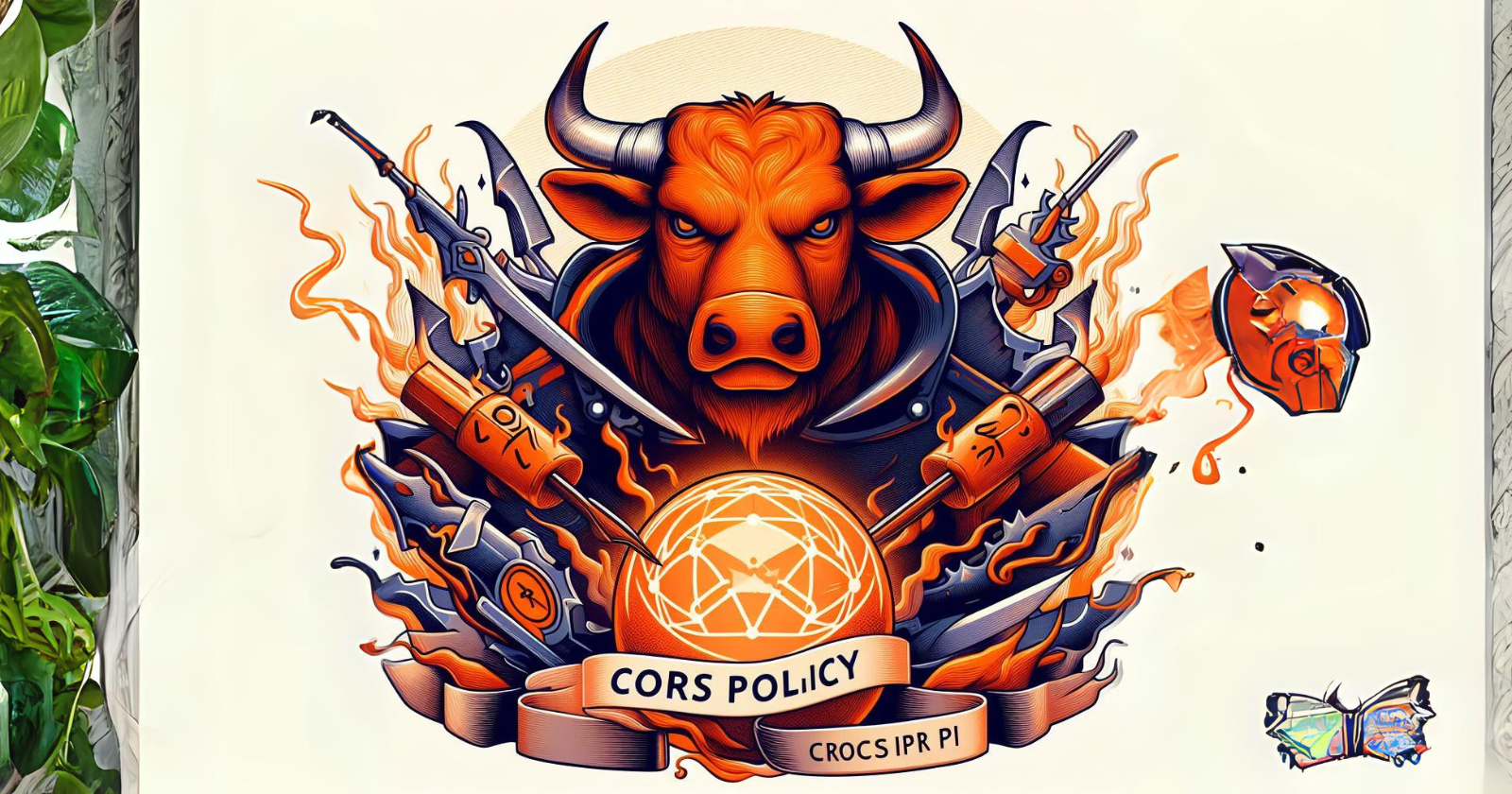A Guide to Handling CORS in Django API Security
 Nischal lamichhane
Nischal lamichhane
In today's interconnected web environment, building secure APIs is paramount for safeguarding data and ensuring smooth communication between servers and clients. Cross-Origin Resource Sharing (CORS) is a crucial aspect of API security, particularly in Django applications, where improper CORS configuration can lead to vulnerabilities. In this blog post, we'll delve into understanding CORS, its importance in Django API security, and practical strategies to handle it effectively.
Learn Python & Django at django-tutorial.dev
Understanding CORS:
CORS is a security feature implemented by web browsers that restricts cross-origin HTTP requests initiated from scripts running on a web page. It is designed to prevent malicious websites from accessing resources on a different origin, thus mitigating various types of attacks such as Cross-Site Scripting (XSS) and Cross-Site Request Forgery (CSRF).
In Django, CORS is managed through middleware, which intercepts incoming HTTP requests and enforces CORS policies based on specified configurations.
Importance of CORS in Django API Security:
Django, being a powerful web framework for building APIs, needs to enforce strict CORS policies to prevent unauthorized access and protect sensitive data. Without proper CORS handling, your API could be vulnerable to attacks like unauthorized data retrieval or manipulation, potentially compromising the integrity and confidentiality of your application.
Practical Strategies to Handle CORS in Django:
Install Django CORS Middleware: Start by installing the
django-cors-headerspackage using pip:pip install django-cors-headersConfigure CORS Settings: Update your Django project's settings to include CORS middleware and specify allowed origins, methods, and headers. Here's an example configuration:
# settings.py INSTALLED_APPS = [ ... 'corsheaders', ... ] MIDDLEWARE = [ ... 'corsheaders.middleware.CorsMiddleware', ... ] CORS_ALLOWED_ORIGINS = [ 'http://localhost:3000', # Example: Allow requests from this origin ] CORS_ALLOW_METHODS = [ 'GET', 'POST', 'PUT', 'PATCH', 'DELETE', 'OPTIONS', ] CORS_ALLOW_HEADERS = [ 'Accept', 'Content-Type', 'Authorization', ]Handle Preflight Requests: Preflight requests are OPTIONS requests sent by the browser to determine if the actual request is safe to send. Ensure your Django application responds appropriately to these requests by allowing them to pass through without authentication or authorization checks.
Test and Debug: Thoroughly test your API endpoints with different client applications and verify that CORS policies are correctly enforced. Use browser developer tools to inspect HTTP headers and responses, ensuring that CORS headers are present and accurately reflect your configured settings.
Implement Additional Security Measures: While CORS is essential for securing your Django API, it's just one piece of the puzzle. Implement other security measures such as authentication, authorization, input validation, and rate limiting to fortify your application against a wide range of attacks.
Conclusion:
Handling CORS in Django API security requires careful configuration and adherence to best practices to protect against potential vulnerabilities. By understanding the fundamentals of CORS, configuring middleware, and implementing robust security measures, you can ensure that your Django applications remain resilient and secure in today's dynamic web landscape. Remember to stay informed about emerging threats and updates in web security to continuously improve the security posture of your Django APIs.
Subscribe to my newsletter
Read articles from Nischal lamichhane directly inside your inbox. Subscribe to the newsletter, and don't miss out.
Written by

Nischal lamichhane
Nischal lamichhane
There are always 2 ways to do something in Django. They are Django Master's WAY WRONG WAY